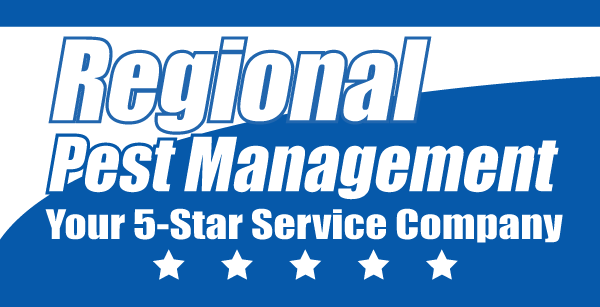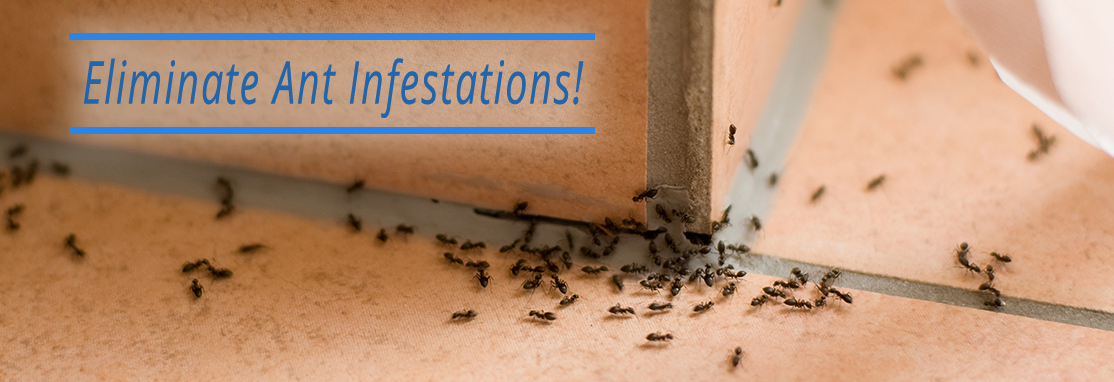Ants
Ants are perhaps the most successful insect, and one of the most successful members of the animal kingdom on earth. Ants live practically everywhere, but are most abundant in warm climates. There are about 10,000 species of ants. Within each species, there are usually many different types.

Please select from the following list of topics to learn more about ants:
About Ants
Ants are social insects that live in colonies; these colonies include one or more queens, as well as workers, eggs, larvae, and pupae.
The worker ants maintain their developed structures known as nests. Nests protect the ants against their enemies, offer some protection against weather, and often are placed close to water and food sources. Some ant species nest in the ground, oftentimes under concrete or slabs. Some species are found in wood (such as fence posts, dead logs, hollow trees, or within buildings). Ants cannot eat wood as termites do, because they cannot digest the cellulose in it, so although they may make a cavity in the wood (known as a nest gallery), ants' damage to wood is less severe than that of termites.
The body structure of an ant is typical of almost all insects: six-legged, with a tough "outside skeleton," called the exoskeleton. Unlike most other insects, ants have an extremely small "waist" between the abdomen and thorax, making ants easier to identify.
The ant's exoskeleton encases three separate body parts and the two multi-purpose antennae. The exoskeleton shell, which contains varying amounts of an organic compound called chitin, protects the ant from the weather, injury and water loss. The shell and its muscle arrangement imparts to the ant great strength relative to its mass, allowing it to drag objects (including other insects) many times its own weight and size.
Do You Have Ants? A Questionnaire
To help you determine whether you need to call Regional Pest Management to control an ant problem, please consider the following questions:
1. How long have you noticed the problem?
A long history of activity indicates a colony located in the structure. In northern regions, activity indoors during colder weather is strong evidence that a colony is located in the structure.
2. How many ants do you see?
Seeing many ants frequently indicates an indoor colony. If you see them only occasionally, they may be random foragers coming in from the outside.
3. Where are they seen most often?
This will provide a clue to where they are foraging and nesting.
4. Have you seen any small piles that look like sawdust?
These piles, called "frass piles," are usually located close to nest sites.
5. Have you had any water leaks or noticed any rotting wood? If so, where?
They often nest in moist or rotting wood. You should inspect these areas first. They prefer to nest in moist environments.
6. Have you conducted inspections in the evening or early morning.?
Ants are more active at night, so you're more likely to observe foraging activity and find the nest.
7. Have you inspected any "lines" around your house or building?
Foraging ants like to travel on fence lines, phone lines, roof lines, railings, as well as driveway or sidewalk borders and edges.
8. Have you knocked on wood near suspected nest sites?
Look and listen for activity. Carpenter ants sound like crinkling cellophane.
9. Have you checked frass piles for materials such as wood, insulation, plastic, etc.?
Frass material will help indicate specific nest locations.
10. Have you checked for plastic vapor barriers under mulch beds?
Ants love to trail or nest under the plastic film.
11. Have you followed foraging ants carrying the food particles?
They're heading back to the nest. Place food in the ants' path, then follow them back to their nests.
12. Have you checked the weather conditions during any inspections?
They rarely forage if temperatures are below 55 degrees F.
13. Have you inspected trees and dead wood around your house or establishment?
Ants tend to nest in tree holes and dead wood on the ground. Also look for tree branches, shrubs and vines against the buildings.
Types of Ants
Regional Pest Management can take care of your ant problem, indoors or outside. Please select from the following list of topics regarding specific types of ants:





